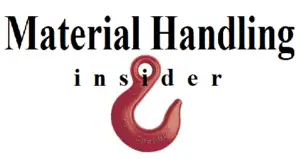After working my entire professional career designing material handling equipment, I have come to the realization that “material handling” encompasses much more than I had envisioned when entering the industry. My original thought was material handling was just the process of using equipment to maneuver materials from Point A to Point B. And while that is part of the answer, you are about to discover that it is so much more.
In Industry, Material Handling can be defined as the control, protection, storage and movement of materials not only throughout a companies value added process, but also their entire supply chain. Without material handling, the entire value stream comes to a screeching halt.
Outside of Industry, Material Handling can be defined as the movement and storage of almost any object. Think about storing things on a shelf in your garage, using a boat lift at a marina, using a wheelbarrow in your garden, using an engine hoist to remove your cars engine or loading a bike into a car mounted rack.

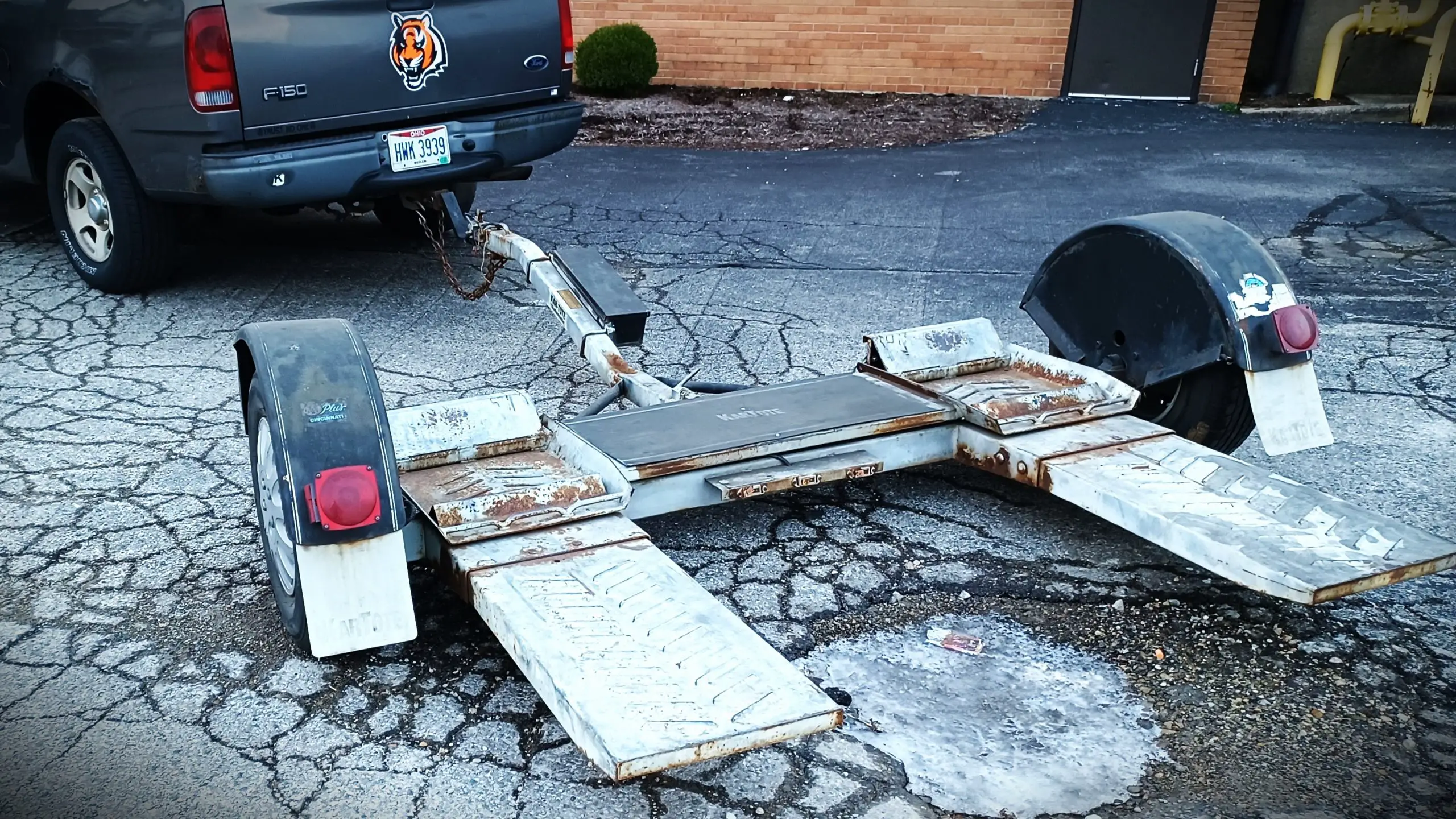
In this article we are going to concentrate more on Material Handling as it relates to industry. So sit back, relax as we take a deeper dive on Material Handling.
What is material handling?
In the first part of the above mention definition of material handling, we can break it down into four different actions. The control of materials. The protection of materials. The storage of materials. The movement of materials. In the second part of the definition, we talk about where the actions take place. Throughout the companies value added process including the entire supply chain.
The control of materials – refers systems systems like EDI, ERP, Kanban, Material Planning that use tools like UPC‘s, EPC‘s, barcode scanners, RFID Readers, RFID tags, kanban cards to track materials so that people and/or computer systems can plan and control the timing of material movements, and storage locations.
The protection of materials – refers to the use of pallets, skids, crates, rack and gaylords, that hold the materials and the dunnage, packing material and wrapping that protect the materials through out the parts value stream.
The storage of materials – refers to the storage of pallets, skids, crates, drums, bins of product in pallet racks, rollout racks, cabinets, containers and AS/RS systems.
The movement of materials – refers to the movement of materials by the means of manual, mechanical, and automatic material handling. When it comes to material handling, this is what most of us think of.
Manual material handling is when a human provides the main force required to move materials. It includes lifting, lowering, pushing, pulling materials/equipment. Examples would be lowering a box onto a platform cart, or pushing the cart through a factory.
Mechanical material handling is when a human controls a machine that provides the main force required to move the materials/equipment. Examples would be lifting a pallet of material with a fork truck or lifting a weldment with an overhead crane.
Automatic material handling would happen when the movement requires no immediate direct input from a human. The movement is controlled by a computer, sensors, AI or other means. Examples would include AGVs, sortation conveyors and bulk conveyors.
A company’s value added process can be defined as the activities that are performed to its products and materials that, from the customer’s point of view, adds value. Examples of a value added process would be machining a casting, or welding structural steel in to a weldment.
A company’s supply chain is the sequence of events involved in the production of a product from procurement of raw parts through distribution. Examples of the supply chain are sending a vendor a purchase order, or the vendor shipping you the ordered product. Could also be at the other end of the supply chain, for example you shipping your product to a distributor who then resells to a customer.
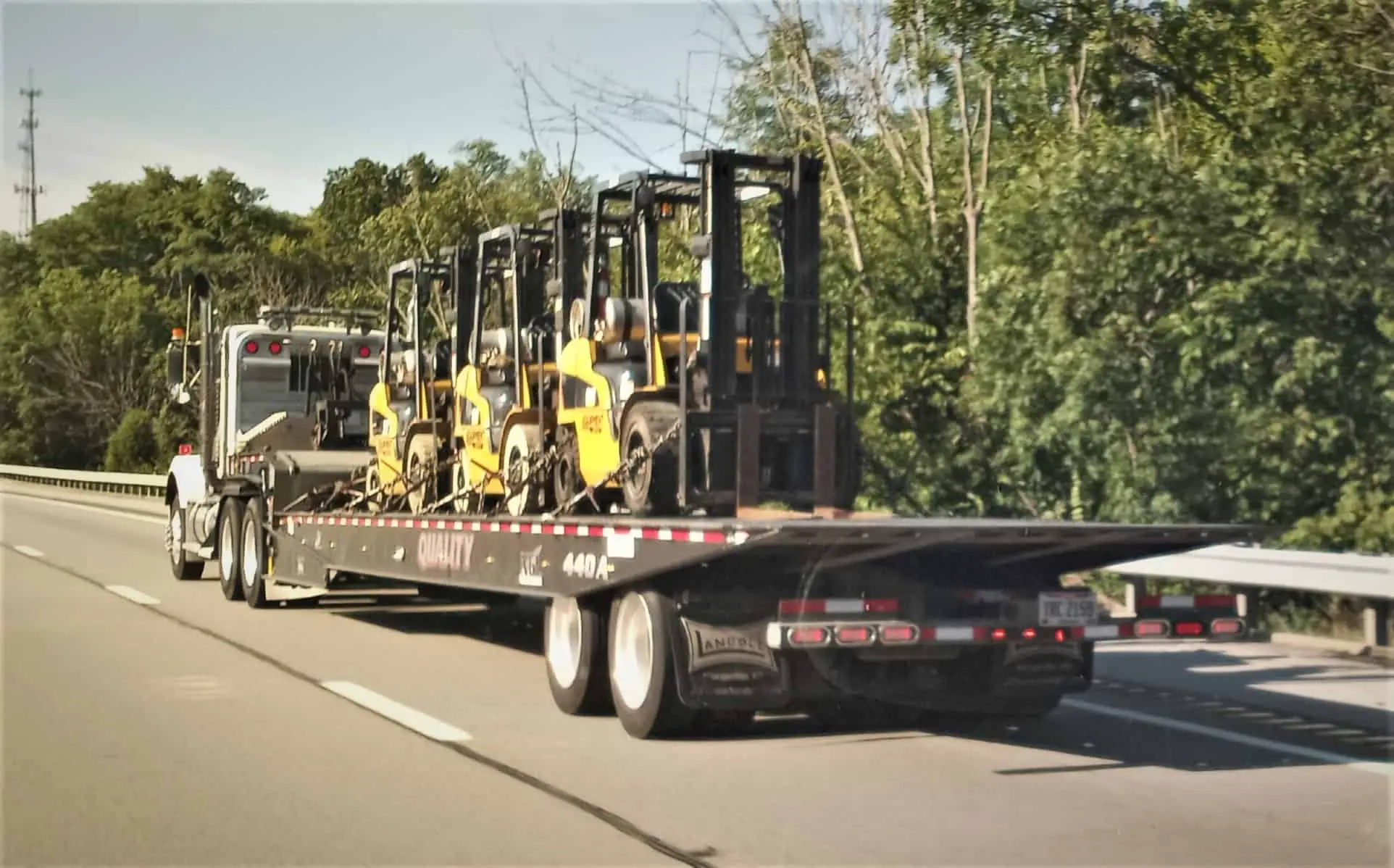
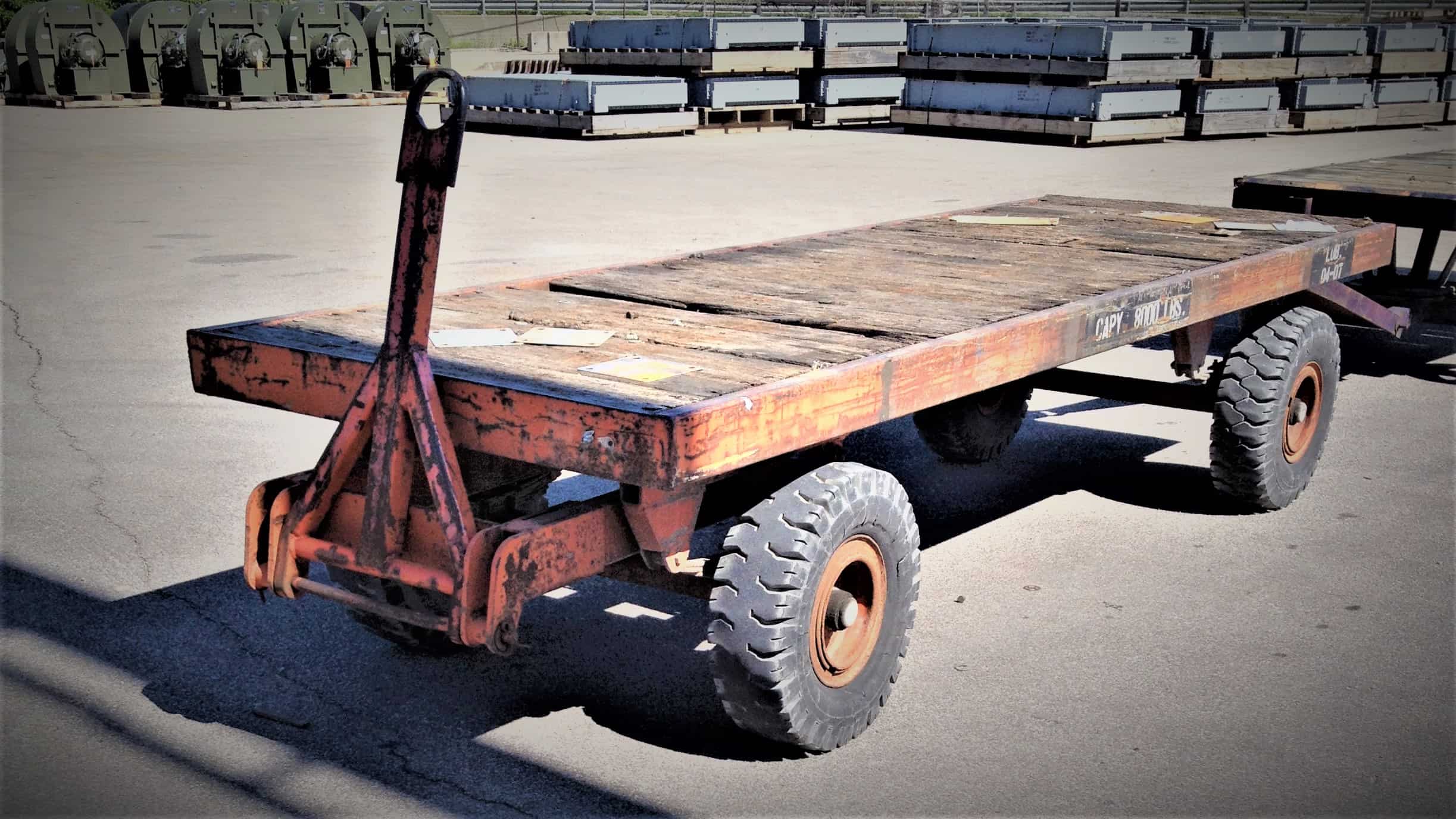
Why is material handling important?
Because material handling is an integral part of the manufacturing process, and can be found at every stage throughout the supply chain. Safe, effective and efficient material handling can have a huge impact on a company’s bottom line. Without material handling, the whole supply chain comes to a screeching halt.
When continuous improvement is employed to improve manufacturing processes, material handling is often targeted due to the fact that it often adds little or no value to the product. Excessive handling is looked as a form of waste during a Kaizen or other improvement process. One tactic to remove excess handling is by shrinking down the production cell so that the materials have less distance to travel.
Safe material handling also has a direct impact to the bottom line. Every time the product or equipment is damaged, or an accident injures an operator, there are negative consequences that must be endured.
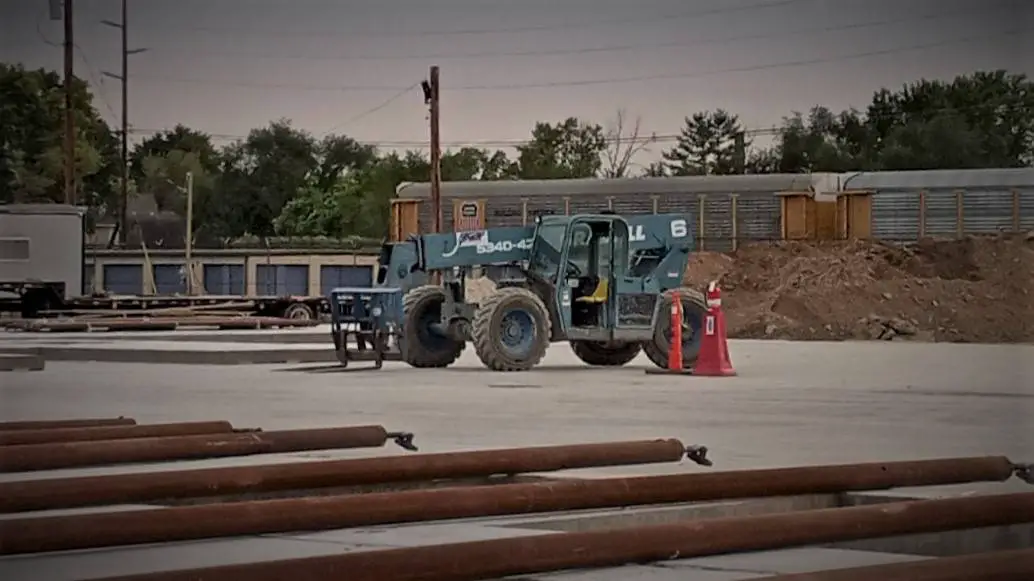
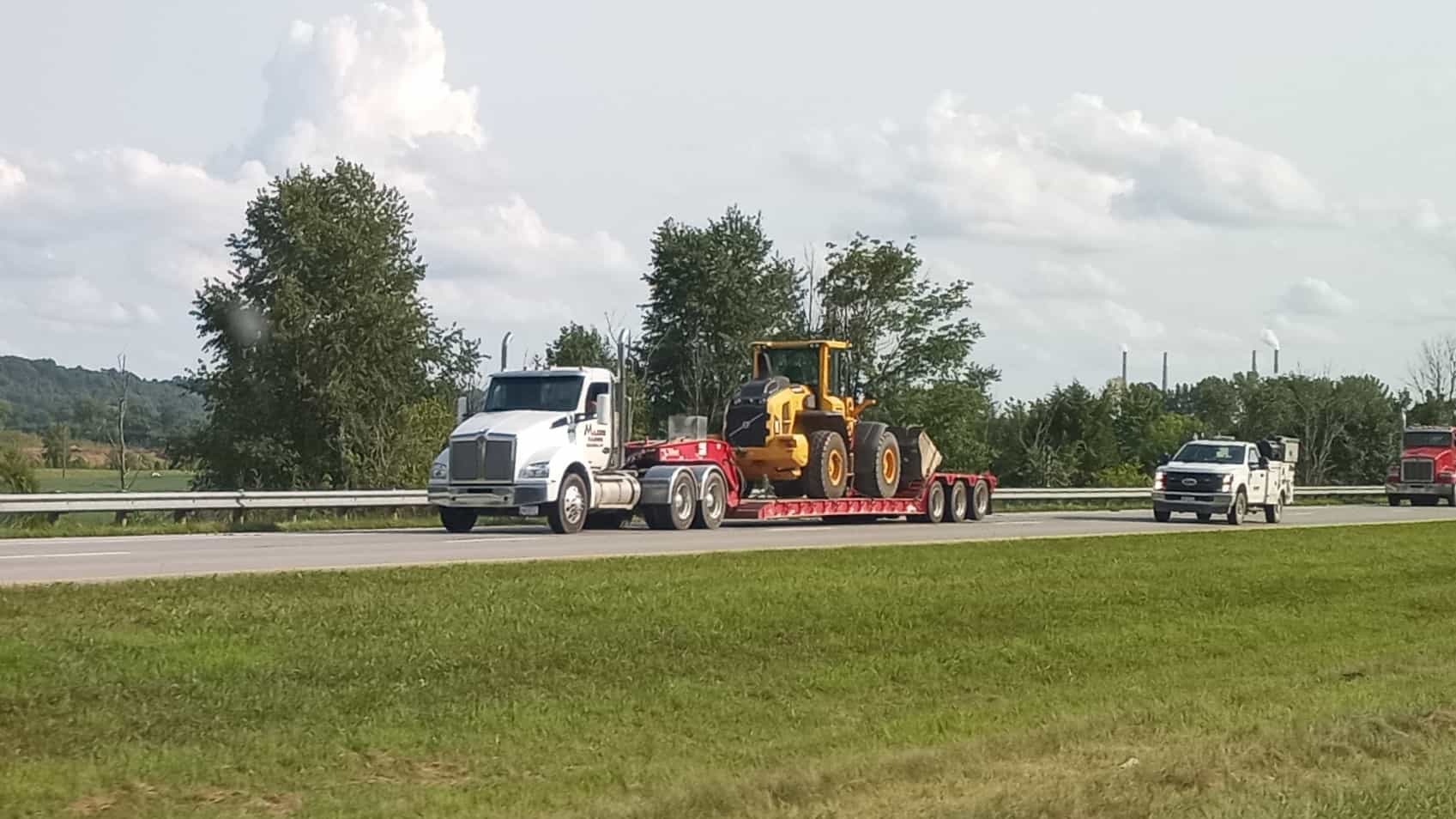
Exactly how big is Material Handling?
Given the fact that every manufacturer of a product utilizes material handling processes to control, protect, store and move their materials, it is easy to see why the material handling industry is so big. Everywhere you look, you will see examples of the material handling industry in action.
Exactly how big is the Material Handling Industry? According to MHI, an association that serves the Material Handling, Logistics and Supply Chain Industry –
In fact, it’s a “mega industry”—the consumption of material handling and logistics equipment and systems in America exceeds $156 billion per year, and producers employ in excess of 700,000 workers.
MHI – the industry that makes supply chains work
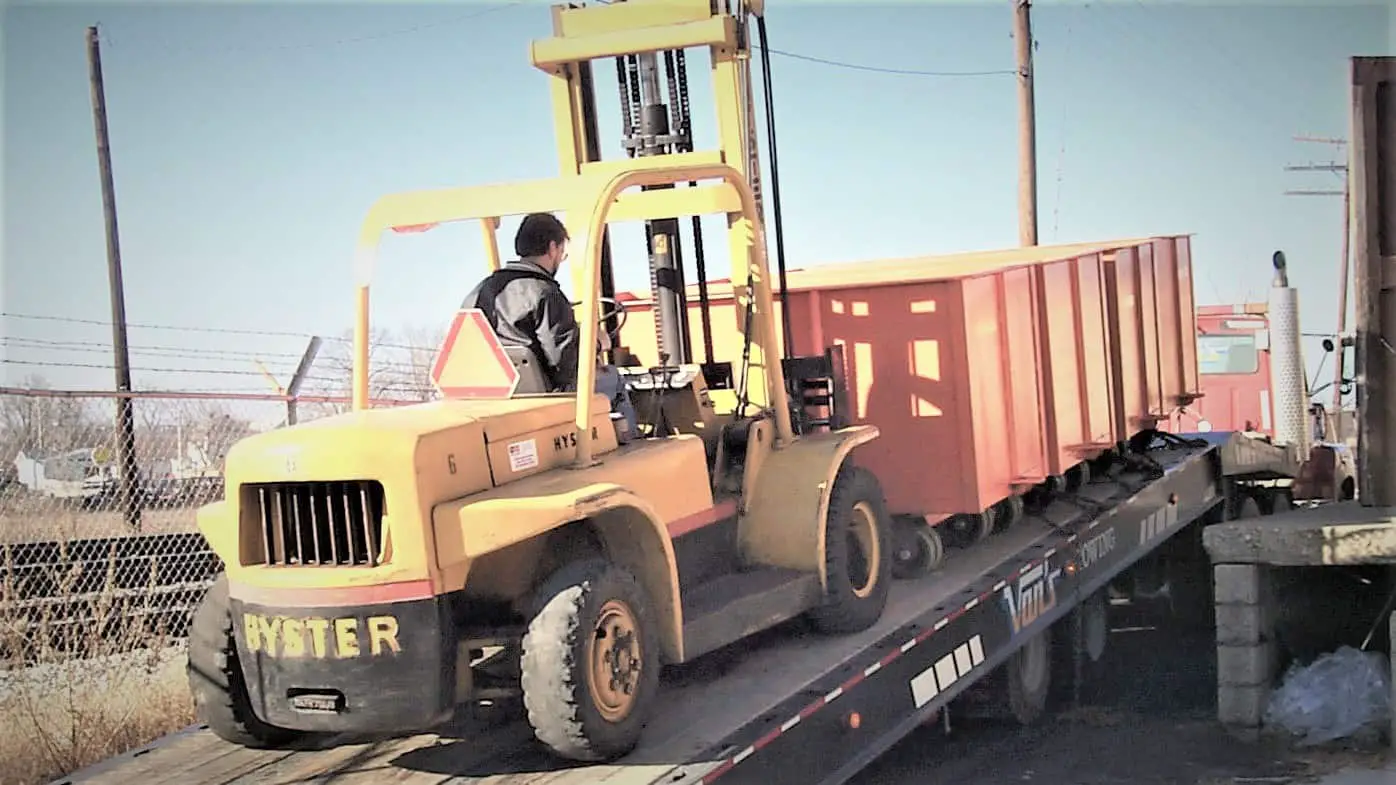
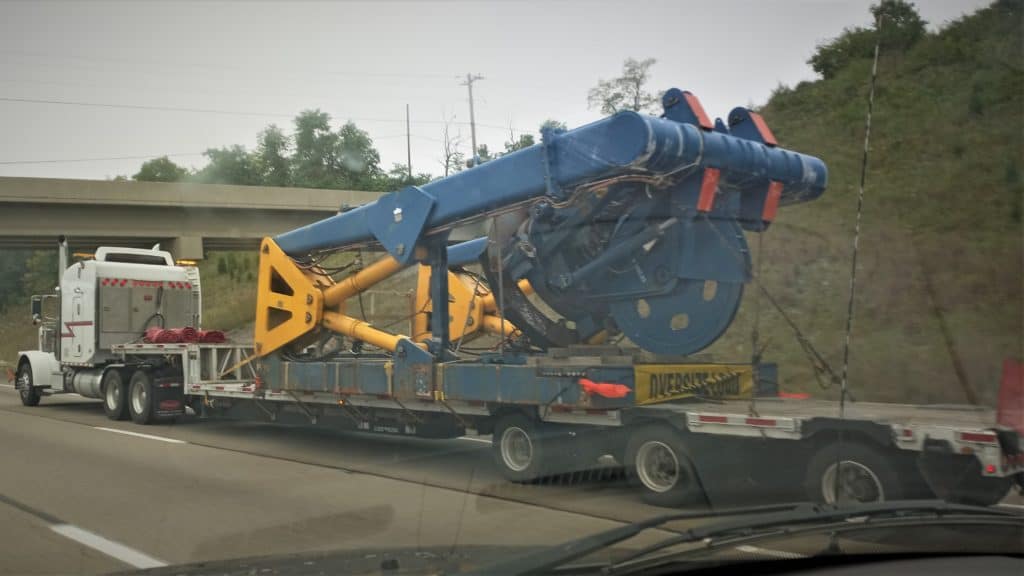
So what is the outlook of the material handling industry? The general consensus is that the industry is expected to grow at an estimated rate of at least 7-8% through 2028.
What about the long term future of material handling? Well if you stop and think about it…as long as physical products are being manufactured, there will be a need for material handling. You could also deduce that the Material Handling Industry should roughly mimic the sum of all Manufacturing Industries.
Material Handling in Summery
So in summery, anywhere in industry where products are being made, or materials distributed you will find material handling. Material Handling has an impact on the bottom line of every company that produces physical products. In the United States the Material Handling Industry tops $156,000,000,000 and employs 770,000 people. Material Handling in some form will be around as long as we are manufacturing real physical products.
